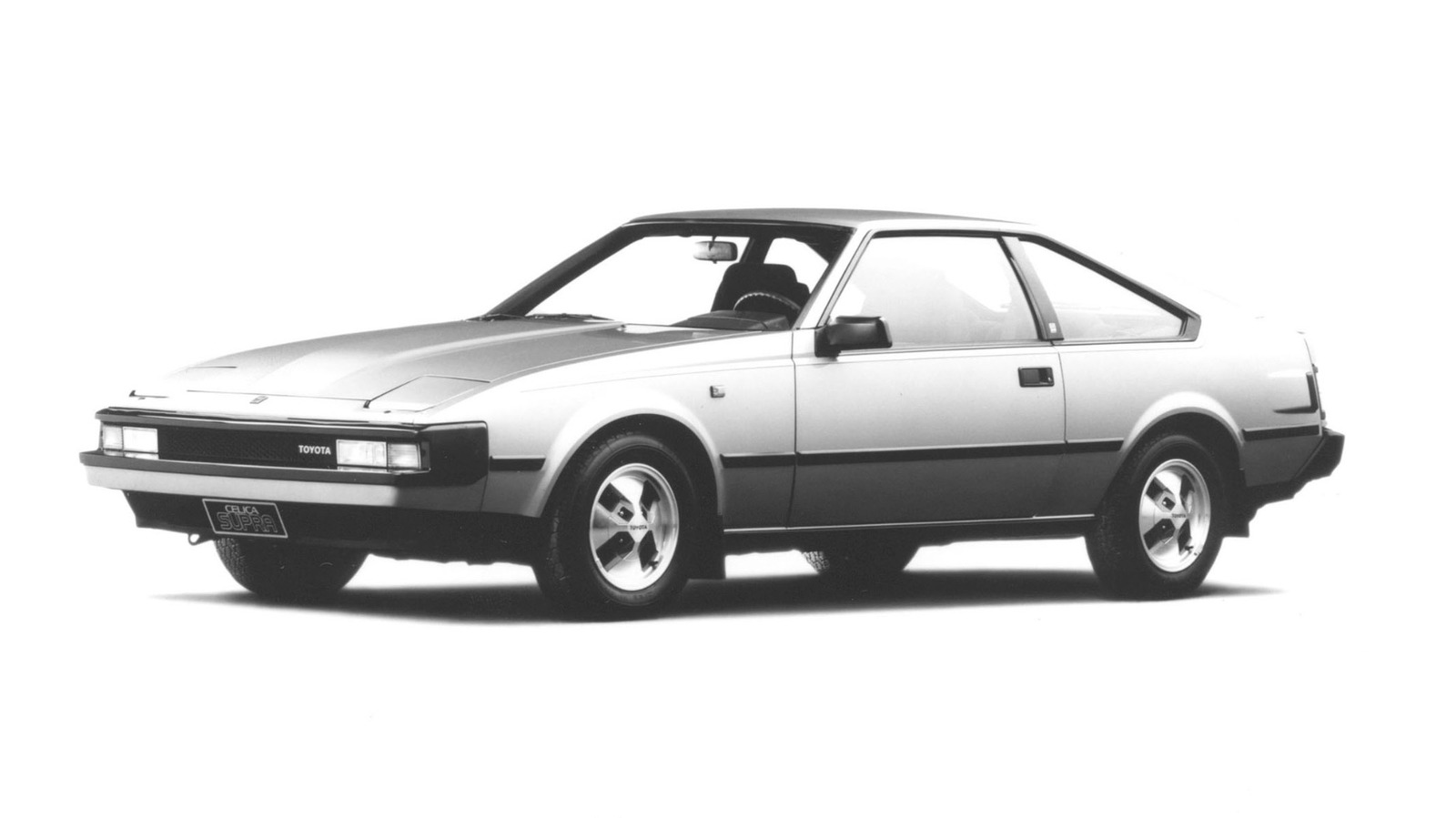There are very few names in the automotive industry that carry a legacy the way that the name "Supra" does. The Toyota Supra MK4 is widely considered to be the magnum opus in the nameplate's history — and one of the best Japanese sports cars of all time , for that matter — but the Supra began building its legendary reputation long before 1993. With that being said, the first-generation Celica Supra wasn't where the legend started.
Despite being the car that ushered in electronic fuel injection and established the inline-six cylinder as the Supra's signature powerplant, the A40 Celica Supra wasn't nearly as impressive as its predecessors. Toyota still didn't know what the Supra was yet, but they were pretty sure they wanted it to be a luxury-focused GT car. The second generation A60 Celica Supra came along in 1982 and nudged the model closer to the Ferrari killer we know the Mk4 to be in "Fast and Furious" .

In fact, the 1982 Supra was a Ferrari killer too, beating a Ferrari 308 in a 1984 Car and Driver test searching for the best handling import car. With chassis tuning from a Lotus engineer, independent rear suspension, and a modernized DOHC inline-six under the hood, the second-generation Celica Supra put the performance and GT cars of the time squarely in its sights while still maintaining the reliability, usability, and practicality that Toyota is known for. The 1982 Celica Supra did it so well that its formula informed all of the Supra models that followed.
While the.
















